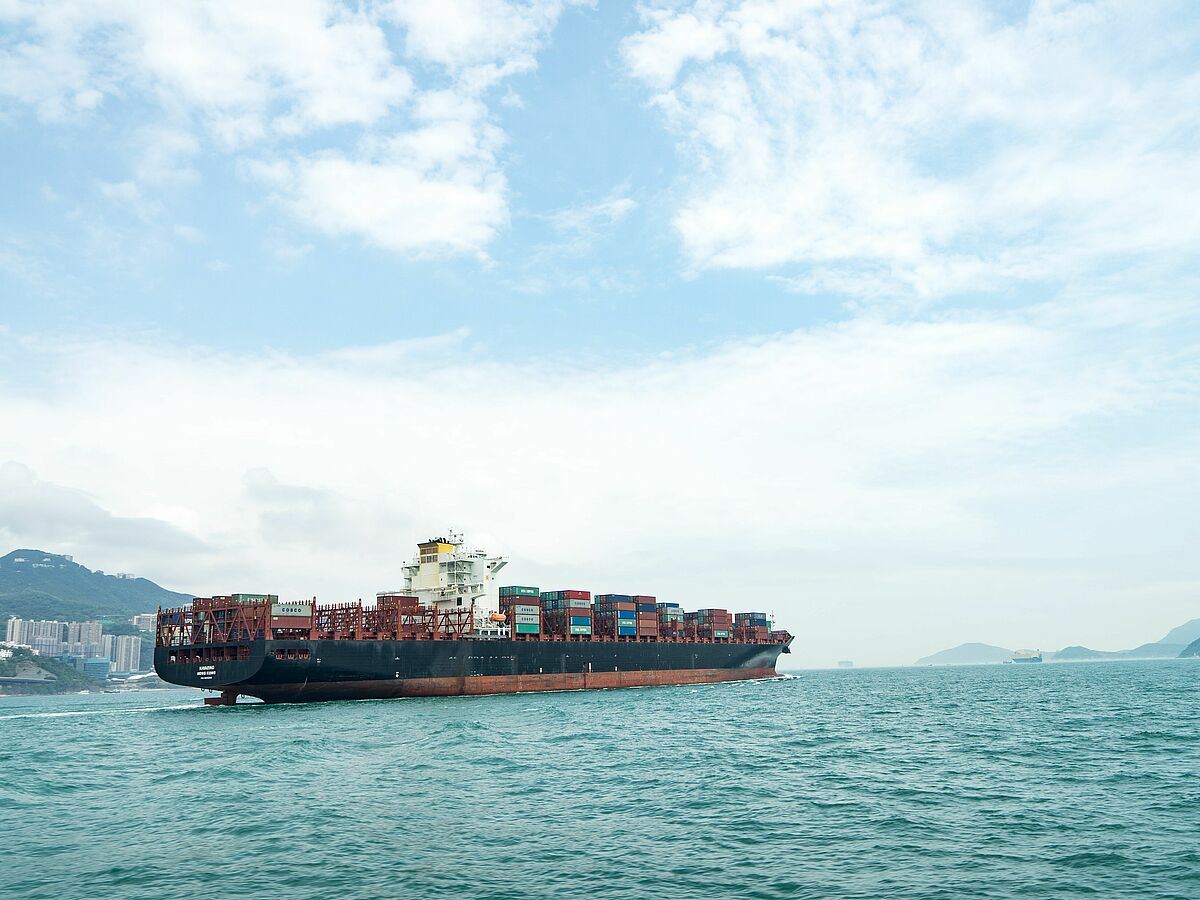The EmissionSEA research and development project, initiated by JAKOTA Cruise Systems GmbH (JCS), JAKOTA Design Group GmbH (JDG), Fraunhofer CML, Wismar University of Applied Sciences (HSW) and the German Aerospace Center (DLR), addresses the funding priority "data-based applications" of funding line 2 within the scope of the Modernity Fund. The aim of the project is to develop a method to provide quantitative information on CO2 emissions from shipping in European waters. With the help of AIS data, movement information is set in relation to ship size, speed and meteorological and oceanographic environmental conditions. More than 300,000,000 daily AIS data records from hundreds of owned and thousands of cooperative AIS base stations, as well as detailed ship data, including information on the main propulsion system are available to JCS and form the basis for the project. As every ship is obliged to send AIS data, an attempt will be made to estimate the emitted emissions (CO2) in specific shipping areas from these data. For the final calculation of emissions on the basis of the AIS data, the required engine power must be determined. Thus, the first focus is on the creation of a ship engine model, while the second focus deals with the subsequent emission calculation based on the engine power. In addition, the aim is to use AIS, environmental and shipping route data from the BSH and weather data from the DWD that are available in the mCLOUD. Data on fuel consumption and emissions are not publicly available and represent the gap to be closed. Through the knowledge gained from historical evaluations, a target-performance comparison enables the evaluation of a ship's performance and thus the identification of emission reduction potentials and the subsequent implementation of emission-reducing measures.
